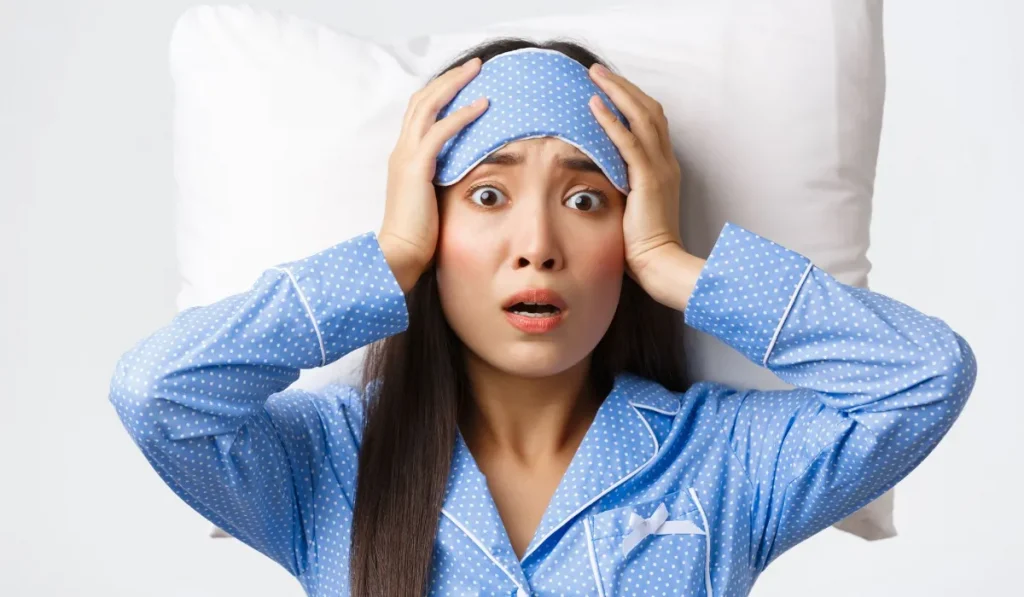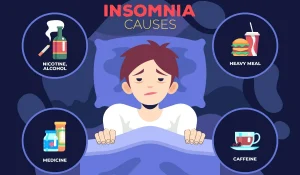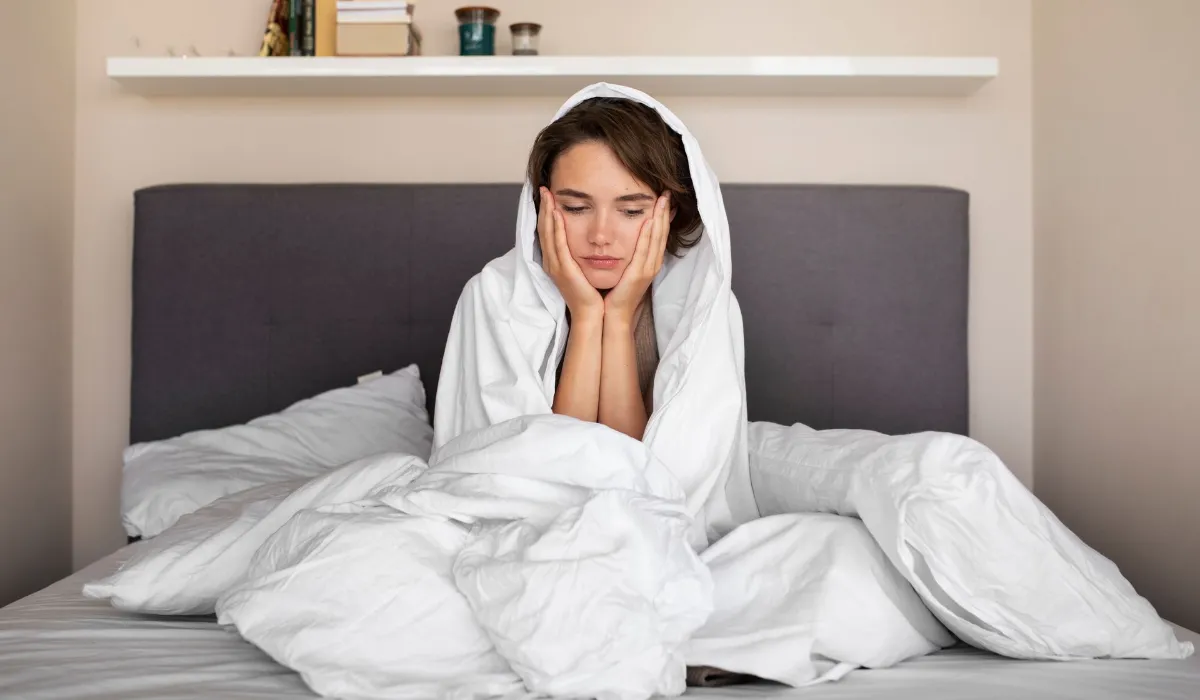Sleep is crucial for our physical and mental health, yet millions suffer from sleep disorder problems every night. Whether it’s trouble falling asleep, staying asleep, or staying awake during the day, sleep disorders can ruin your life. In this guide by Sleepmentor, we’ll help you understand the different types of sleep disorder, their symptoms and the available treatment for sleep disorder.
What Is a Sleep Disorder?
A sleep disorder is a medical condition that affects your ability to get quality sleep. It can result to daytime fatigue, mood disturbances and decreased performance at work or school. Sleep disorders can affect anyone but some are more common in specific age groups or genders.
The most common sleep disorder problems are insomnia, sleep apnea and restless legs syndrome. If left untreated, these disorders can lead to long term health complications such as heart disease, obesity and depression.
Common Problems Caused by Sleep Disorders
Sleep disorders can heavily affect your everyday life and health. Some typical effects include:
- Fatigue and sleepiness during the day.
- Poor concentration.
- Abnormal mood states, such as irritability and depressive symptoms.
- A hand on your immune deficiency.
- Increased chance of high blood pressure, heart diseases, diabetes, and stroke.
- Poor performance at work or school.
- Higher chances of accidents, most notably while driving.
Common Symptoms of Sleep Disorders
Recognizing the symptoms of sleep disorder is the first step to getting help. Here are some common signs to watch out for:
- Difficulty falling asleep or staying asleep
- Loud snoring or gasping during sleep
- Feeling tired even after a full night’s sleep
- Trouble staying awake during the day
- Mood swings or irritability
- Lack of concentration
If you experience any of these symptoms consistently, you might be dealing with a sleep disorder.
Types of Sleep Disorder
There are several types of sleep disorder, each with unique symptoms and causes. Below are the most common ones:
1. Insomnia
Insomnia is the most common type. It’s persistent difficulty in falling or staying asleep. It can be caused by stress, anxiety, irregular sleep schedules or medical conditions. People with insomnia feel tired, irritable and unfocused during the day.
Symptoms:
- Difficulty falling asleep
- Waking up too early
- Non-restorative sleep
2. Sleep Apnea
Sleep apnea is a serious condition where breathing stops temporarily during sleep. It can be obstructive (due to blocked airways) or central (caused by the brain’s inability to signal muscles to breathe). This results to interrupted sleep and low oxygen levels.
Symptoms:
- Loud snoring
- Choking or gasping in sleep* Morning headaches
- Excessive daytime sleepiness
3. Parasomnias
Parasomnias are sleep disruptive behaviors such as sleepwalking, night terrors or talking during sleep. These are more common in children but can also affect adults.
Symptoms:
- Unusual behaviors during sleep
- Confusion upon waking
- Sleep disruption for others
4. Restless Legs Syndrome (RLS)
RLS causes an irresistible urge to move the legs especially at night. This movement prevents restful sleep and can be very uncomfortable.
Symptoms:
- Tingling or crawling sensations in legs
- Discomfort worsens during inactivity
- Relief only with movement
5. Circadian Rhythm Disorders
These disorders occur when your internal body clock is out of sync with your environment. Common examples are jet lag, shift work sleep disorder and delayed sleep phase syndrome.
Symptoms:
- Trouble falling asleep at traditional times
- Sleepiness during working hours
- Insomnia-like symptoms
Diagnosing Sleep Disorders
A doctor may diagnose a sleep disorder by:
- Reviewing your sleep history and symptoms.
- Requesting you keep a sleep diary.
- Suggesting a sleep study (polysomnography) to be done at a clinic.
- Suggesting a home sleep apnea test.
- Using a Multiple Sleep Latency Test (MSLT) to measure the time it takes for you to fall asleep for narcolepsy.
Sleep Disorder Treatment
Sleep disorder treatment depends on the condition and its severity. Here are the best options:
1. Sleep Hygiene and Lifestyle Changes
Mild sleep disorders often start with good sleep habits. This includes:
- Going to bed and waking up at the same time daily
- Avoiding caffeine or heavy meals before bedtime
- Creating a quiet, dark, and cool sleeping environment
2. CBT
CBT-I (for insomnia) is a proven way to change negative thoughts and behaviors around sleep.
3. CPAP Machines
For sleep apnea, CPAP machines keep airways open during sleep.
4. Medications
Doctors may prescribe sleep aids, melatonin supplements or drugs for specific disorders like narcolepsy or RLS.
5. Light Therapy
For circadian rhythm issues, light therapy adjusts your body clock by exposing you to bright light at specific times.
6. Medical Devices & Surgery
In severe cases of apnea or structural issues, dental devices or surgery may be needed.
When to See a Doctor
If you’ve tried lifestyle changes and still can’t sleep, it’s time to get help. A doctor or sleep specialist can recommend:
- Sleep studies (like polysomnography)
- Medication or equipment
- Behavioral therapy
Don’t ignore sleep disorder problems. They can lead to long-term health risks, so early diagnosis is key.
Conclusion
Sleep is important and so is recognizing when something’s off. Whether it’s insomnia, sleep apnea or other types of sleep disorder, get the right diagnosis and sleep disorder treatment and you’ll sleep better, live better.
Sleepmentor urges you to put sleep first. If you or someone you know is experiencing ongoing symptoms of sleep disorder, don’t wait—get evaluated and sleep better.






